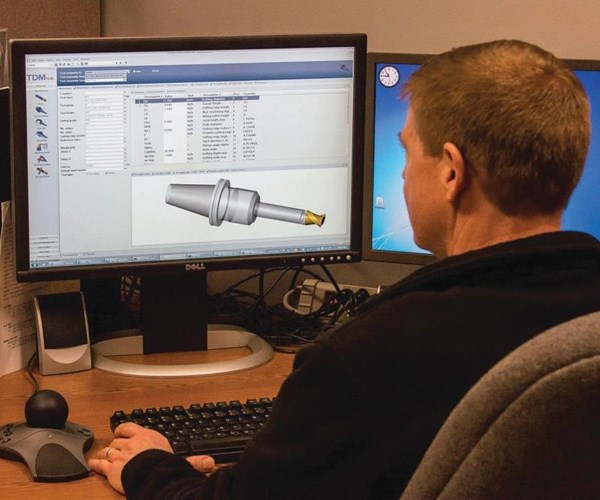Case Study: What Is the Cost of Lost Information?
Making sure all employees are using up-to-date information that is communicated effectively between departments helps save companies both time and money.
Share






.png;maxWidth=45)
DMG MORI - Cincinnati
Featured Content
View More




Hwacheon Machinery America, Inc.
Featured Content
View More
The problem with “lost” information is that it often isn’t truly lost. Much the opposite, bits and pieces of information are commonly found everywhere in the shop—you just have to know who to ask and where to look for it. This tribal knowledge can be frustrating for newcomers or someone seeking to gather complete, up-to-date information about a particular product line. Moreover, these information silos are often overlooked and not addressed by companies, especially when they aren’t causing a backlog.
In 2004, Wagstaff Inc. took a hard look at the time and money it spent tracking product line information around its Spokane, Washington facility. Product line information was stored in process documents, the CAM system and Excel spreadsheets. Not only that, but tracking and leveraging the information on new jobs was difficult because information wasn’t necessarily being shared amongst different users. After integrating the Tool Lifecycle Management system from TDM Systems, the company was able to integrate data and knowledge from various sources into a centralized database. Read the full story here.
Related Content
-
4 Commonly Misapplied CNC Features
Misapplication of these important CNC features will result in wasted time, wasted or duplicated effort and/or wasted material.
-
Can AI Replace Programmers? Writers Face a Similar Question
The answer is the same in both cases. Artificial intelligence performs sophisticated tasks, but falls short of delivering on the fullness of what the work entails.
-
5 Tips for Running a Profitable Aerospace Shop
Aerospace machining is a demanding and competitive sector of manufacturing, but this shop demonstrates five ways to find aerospace success.
































